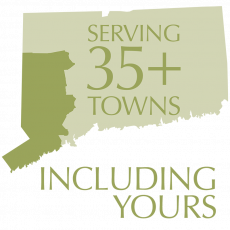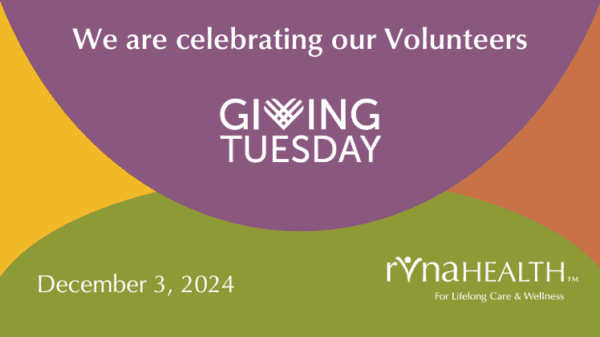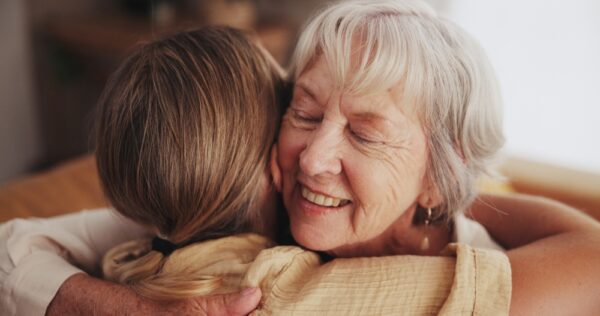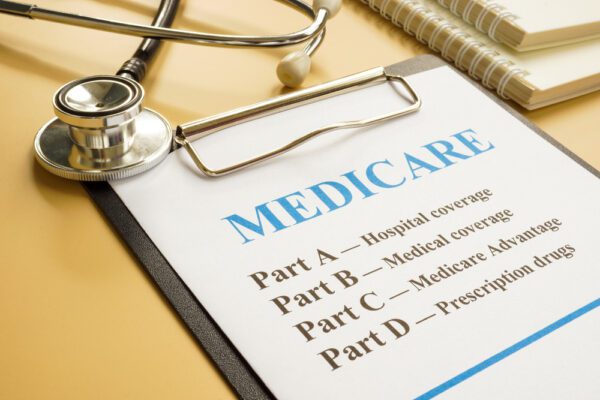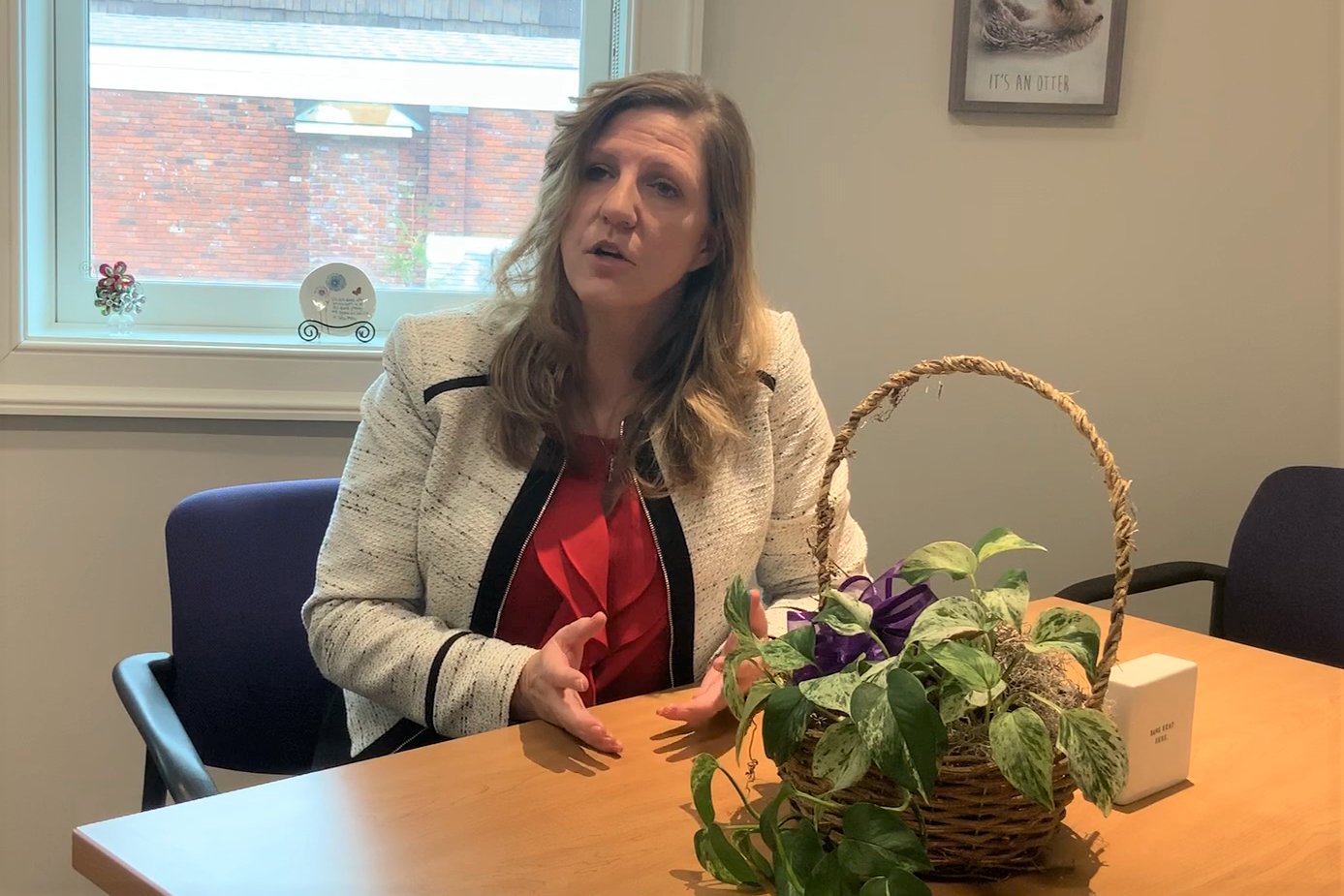

Above: Keri Linardi, RN, BSN, PHN, CHPCA, chief clinical officer at RVNAhealth
This essay was written by Keri Linardi, RN, BSN, PHN, CHPCA, chief clinical officer at RVNAhealth. In her role, Linardi oversees all of RVNAhealth’s clinical service lines – home health, hospice, rehabilitation, and community health — as well as the Quality Assurance and Performance Improvement teams. With more than two decades of healthcare experience, Linardi is an accomplished clinical executive and practitioner who has managed multifunctional teams at large home health and hospice organizations, while never losing her dedication and connection to individual patients and their families.
“There’s no crying in hospice.” Everyone I have ever worked with has known that as my mantra. Adapted from Tom Hanks’ famous line, “There’s no crying in baseball,” in the 1992 movie “A League of Their Own.”
I have been a Registered Nurse for 26 years, over 20 of them dedicated to end-of-life care. That mantra has served me well. Until now.
COVID-19 doesn’t play by the rules. That boundary – there’s no crying in hospice — which I established and have lived by for my two decades in hospice nursing, dissolved within days of witnessing the devastation of the coronavirus. From seeing the suffering it inflicts, as well as the sheer number of people it affects.
I cried in hospice last week when our social worker asked me how I was. Her question was simple, but I cried because she knew. Her kind eyes and gentle question allowed me to remember. To bring pictures in my head of the devastation and suffering, the desperation to breathe, the question that has been haunting me – how could I not have been able to do more? How could I not have made everyone comfortable?
I cried.
Pull yourself together, I told my head. You are the Chief Clinical Officer, and no one can see you like this. “There is no crying in hospice,” I told myself, as I had for two decades, to keep myself together.
So why am I crying?
I am crying because as COVID-19 ravages the country, and the world, it is bringing to the forefront a profound issue. That although death is a known outcome for all of us; and a real and immediate risk right now for the elderly (especially those over 80) and those with underlying health conditions, we are not preparing for it.
Death is coming soon for many, but still, we are not talking about it. In our society, negative words and thoughts often surround the notion of death, so we avoid the conversation. But death comes anyway. And often not comfortably.
We can change our approach.
When speaking with people about advance directives – their wishes for their own end-of-life care — I often ask them to close their eyes, take a moment and reflect on how they envision their deaths. Open your eyes, did you envision yourself at home, surrounded by the people you love? On a beach or fishing trip, listening to the sound of nature? On your couch with your pet? In an ICU with a feeding tube, ventilator and foley catheter with drips going?
Many people do not anticipate or desire death in an ICU, yet that is what occurs in this country at an alarming rate. We are societally programmed to “fight,” even when the battle will cost us the war.
The truth about COVID-19.
Connecticut has been working hard together to “flatten the curve,” – to reduce the intensity and reach of the inevitable. But it’s coming. Across the country, healthcare systems have algorithms in place already (to determine who is most appropriate for care and equipment if demand exceeds supply); EMS has instructions on who to code and who not to code; laws allow for two physicians to collectively identify a patient as a DNR (Do Not Resuscitate), without family involvement. As Connecticut heads toward its coronavirus peak in the next 2-3 weeks, systems will be over-burgeoned. We are prepared to care for the number of patients who will be infected with COVID-19; the problem is that we are not prepared to care for them all AT ONCE.
We need to be having the conversations.
Coronavirus needs to become personal to all Americans and we need to get serious about goals of care and advance care planning. Home health and hospice providers can, and should, be leading the way.
Our job is to keep the frail and sick out of the hospital system. We should be stepping in, not back. We should be nudging the conversations regarding wishes and what people want if they become infected with COVID-19.
We need to be realistic. For some populations, COVID-19 deaths are almost certain once infection occurs. This is terrible and unfair and deeply sad. But we need to not be afraid to address it, and we need to have direct conversations about the “What ifs” to know wishes in advance of crises and to prepare plans that respect those wishes, whatever they may be.
We need to lead potentially hard conversations that address benefits versus burdens before arrival in an ER and in crisis mode. We need to know in advance if a loved one chooses aggressive treatment, or prefers a natural death at home or wherever they may call home. We need to help families understand the realities of COVID-19 and the realities of these choices. And we need to help families understand that, at times, the decision to allow a natural death, with dignity and supportive care for the whole family, can bring beauty and closure to a very sobering time and can be a very good choice.
RVNAhealth is now offering Advance Care Planning support to all community members – free of charge. The sessions are conducted via tele-health methods (phone, FaceTime, WhatsApp and other video-conferencing methods as needed) and will include the facilitation of discussion on such topics as wishes for care, COVID-19-specific conditions; benefits vs. burdens of particular decisions and more.
To learn more or make an appointment to meet with the RVNAhealth Advance Care Planning team, call 203-894-5014 or write to AdvanceCarePlanning@rvnahealth.org.

